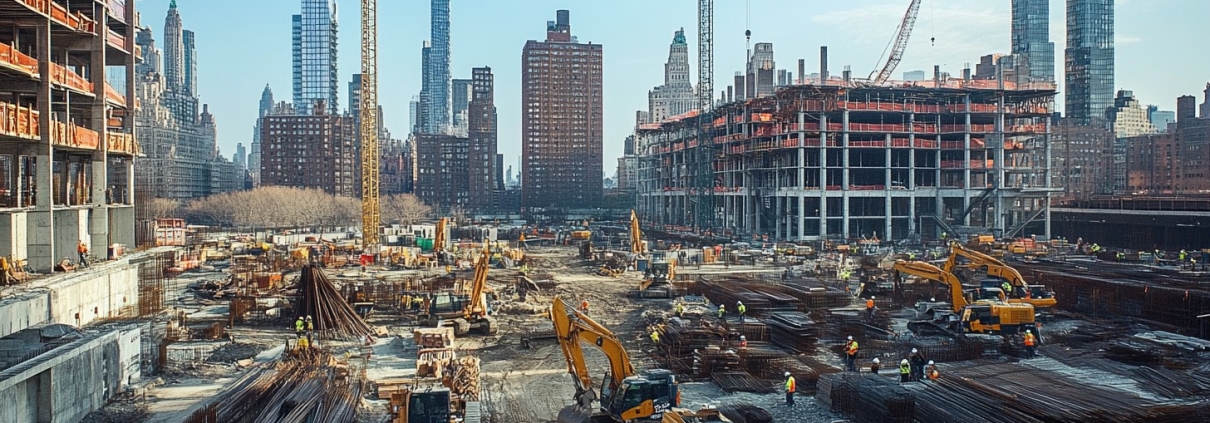Women in Quantity Surveying
According to figures from the Office for National Statistics (ONS) women now make up a higher proportion of the construction workforce than at any time since official records began. The construction workforce was 15.8 per cent female in April to June 2023, up 1.2 per cent on the previous quarter. Before the pandemic this figure stood at 12.6 per cent.
While male employment dropped during the pandemic and has yet to recover, the number of women employed in construction climbed over the same period.
According to RICS – which welcomed its first female RICS-qualified surveyor, Irene Barclay, back in 1922 – more and more women are qualifying into the surveying profession. However, the proportion of women is still low. In February 2022, women represented only 18% of RICS’ then 139,000 international professionals, across 23 pathways, including quantity surveying.
Irene Barclay was a trailblazer and was in practice for 50 years. Regarded as one of the key social reformers of the 20th century, her work improving housing conditions in the slums of St Pancras saw her receiving an OBE in 1966.
RICS explains that there has been a continued focus on the increased engagement of young women coming into surveying. This has been achieved through a number of channels, including ensuring marketing materials have greater female visibility.
The organisation states: “Creating greater visibility of exceptional women is core to our aims; we want to see a diverse workforce and showcase those exceptional women who demonstrate that careers in the built and natural environment are, and should be, accessible to all.”
To coincide with International Women’s Day 2024, RICS published a round table discussion between four female Quantity Surveyors, including Kathryn Ladley FRICS, who has been in the construction industry for more than 50 years and was the first female President of the Society of Construction and Quantity Surveyors.
On the first day of her BSc Quantity Surveying course in 1970, she was ‘gobsmacked’ to discover she was the only girl in a class of 25. Not only was she the first girl to have undertaken a construction-related degree at Leeds Poly, but she was the only girl in the whole of the Building and Engineering Department.
More than 50 years on, she says: “Construction is a great industry to be involved in. It can be hard, and although things are still not as fair and equitable as they should be, they are improving. If you want it enough and are prepared to put in the work, the rewards can be enormous.”
All four women agreed that we leave it too late to target women who might be interested in becoming quantity surveyors. The other women said most students had a fixed idea that working in the built environment involved labouring or manual work and they didn’t appreciate all the different contributions that go in to get to that point of something being built.
Retaining women in the industry was also raised as an issue and there was a general consensus that construction organisations which embraced more flexible working would be the ones which encouraged women to stay onboard.




Leave a Reply
Want to join the discussion?Feel free to contribute!